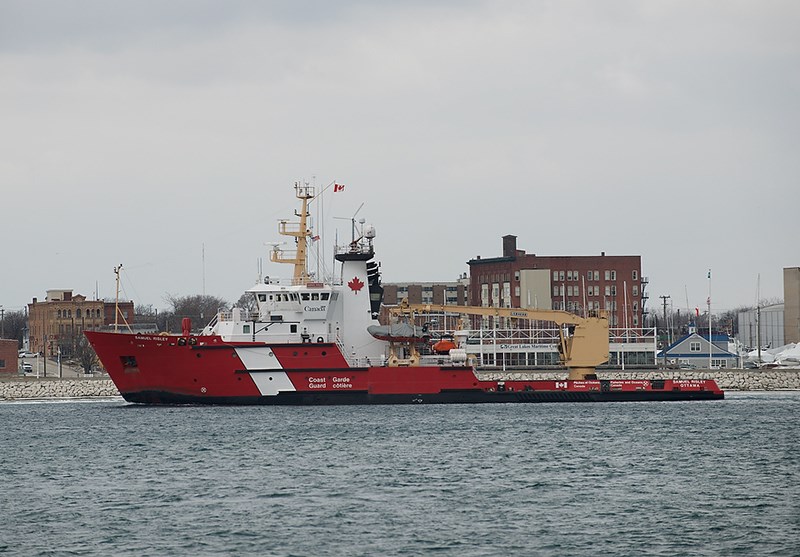Jack Poirier
Winter’s late start has delayed ice formation on the Great Lakes, raising the potential for some extreme weather and other adverse impacts to come, Environment Canada say.
“There is the real possibility that strong lake effect snow and snow squall activity could continue later into the season,” said meteorologist Geoff Coulson.
“The longer we have this long expanse of open water the longer the impact on weather.”
Last week 6% percent of the Great Lakes were covered in ice, compared to 29% on the same date a year earlier.
“This is the least amount of ice by this time in the winter since 2006-07,” Coulson said.
North winds sweeping over a largely ice-free Lake Huron could make the adage ‘in like a lamb, out like a lion’ a reality in southwestern Ontario, with heavy snow and whiteouts on Highway 402.
The region went from record cold temperatures in February to record highs in December, and that impacts atmospheric and weather patterns, Coulson said.
“There has been a lot of variability in this region.”
Rob Caldwell, a water resources engineer with Environment and Climate Change Canada, said the mild start to winter followed by a cold stretch could also increase evaporation on the Great Lakes.
And extreme fluctuations and warmer water increases the risk of algae blooms, which impact fish spawning habits.
“These are very important issues,” Caldwell said.
The surface temperature in the centre of Lake Huron is also significantly warmer: nearly 7 C. last week compared to 3 C. a year earlier, according to the Great Lakes Environmental Research Laboratory.
Environmental Defence warns climate change is causing the Great Lakes, which hold 20% of the world’s available surface freshwater, to warm twice as fast as the global average, according to a study published in Geophysical Research Letters.
“Warmer weather has meant that the length of time that the lake is covered in ice every winter is shrinking. Less ice leads to further warming of surface waters. This change in temperature can disrupt ecosystems and pose challenges to the communities who rely on a healthy lake for their livelihoods, food, and drinking water,” Environmental Defence reported.
Lake Notes:
Warmer water is more hospitable to invasive species like Asian Carp and encourages their spread north.
Warmer water, wind, and an excess of nutrients lead to algal blooms.
In 2014, an algae bloom in Lake Erie prevented 400,000 people in Toledo, Ohio from drinking tap water for days.
Algae robs lakes of oxygen, killing fish
Climate change alters precipitation patterns and leads to more frequent and intense storms that cause pollutants to wash into streams and lakes.
Ontario is working with federal and international partners to address climate change impacts on the Great Lakes
Since 1995, average surface water temperatures have increased by a few degrees Fahrenheit in lakes Superior, Michigan, Huron, and Ontario
Recent water temperature increases have been driven largely by warming in spring and summer months, and relate in part to an earlier thawing of winter ice
(Sources: U.S. Environmental Protection Agency, Environment Canada, Environmental Defence)
